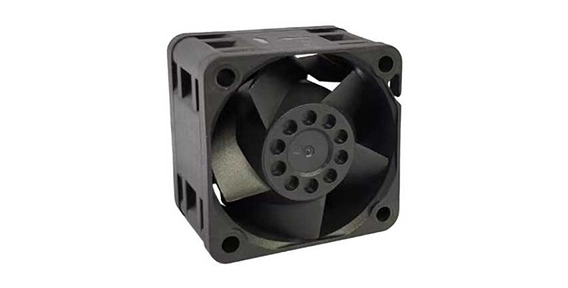What is a booster fan and how does it work?
A booster fan is a mechanical device designed to improve the airflow within a ventilation system. It is commonly used in situations where the airflow is restricted or the existing fan is unable to provide adequate ventilation. These fans are commonly used in residential and commercial settings to enhance the performance of HVAC systems.
The primary goal of a booster fan is to increase the airflow by overcoming any resistance or restrictions in the ventilation system. They are typically installed in the ductwork, either on the intake or exhaust side, to push or pull air through the system. Booster fans work by using a motor and fan blades to create a force that moves the air.

Comparisons between booster fan and other ventilation solutions
When it comes to improving ventilation, there are various options available in the market. Let's take a look at how booster fans compare to other ventilation solutions.
Natural Ventilation: Natural ventilation relies on the flow of air through openings such as windows and doors. While it is an energy-efficient option, it is dependent on external factors such as weather conditions. In contrast, booster fans provide consistent airflow regardless of external conditions.
Exhaust Fans: Exhaust fans are commonly used in bathrooms and kitchens to remove odors and moisture. While they are effective in their specific areas, they are limited in their reach. Booster fans, on the other hand, can be installed in any part of the ventilation system to improve overall airflow.
Axial Cooling Fans: Axial cooling fan is typically used in cooling systems to dissipate heat. Unlike axial fans, booster fans are specifically designed to improve ventilation by increasing the airflow within the system. Their primary function is to enhance the performance of existing fans or overcome resistance in the ductwork.

The Impact of Booster Fan
Booster fans have several significant impacts on ventilation systems. Let's explore a few key ones:
Increased Airflow: The primary impact of a booster fan is to enhance the airflow within a ventilation system. By overcoming any restrictions or resistance, booster fans ensure that air is pushed or pulled through the system, improving overall ventilation and air quality.
Improved Efficiency: In situations where the existing fan is unable to provide adequate ventilation, a booster fan can significantly improve the system's efficiency. By assisting the existing fan or replacing it with a more powerful one, booster fans can help optimize the performance of the ventilation system.
Enhanced Comfort: Adequate ventilation is essential for maintaining a comfortable indoor environment. Booster fans help ensure the proper distribution of fresh air, removing stale air and minimizing humidity levels. This leads to improved comfort and a healthier living or working environment.
In conclusion, booster fans play a vital role in improving ventilation systems by increasing airflow and enhancing overall efficiency. When compared to other ventilation solutions such as natural ventilation, exhaust fans, or axial cooling fans, booster fans offer unique benefits and versatility. Whether it is in residential or commercial settings, booster fans are an effective tool in ensuring optimal indoor air quality and comfort.

 EN
EN 

 +
+
 +
+
 +
+



